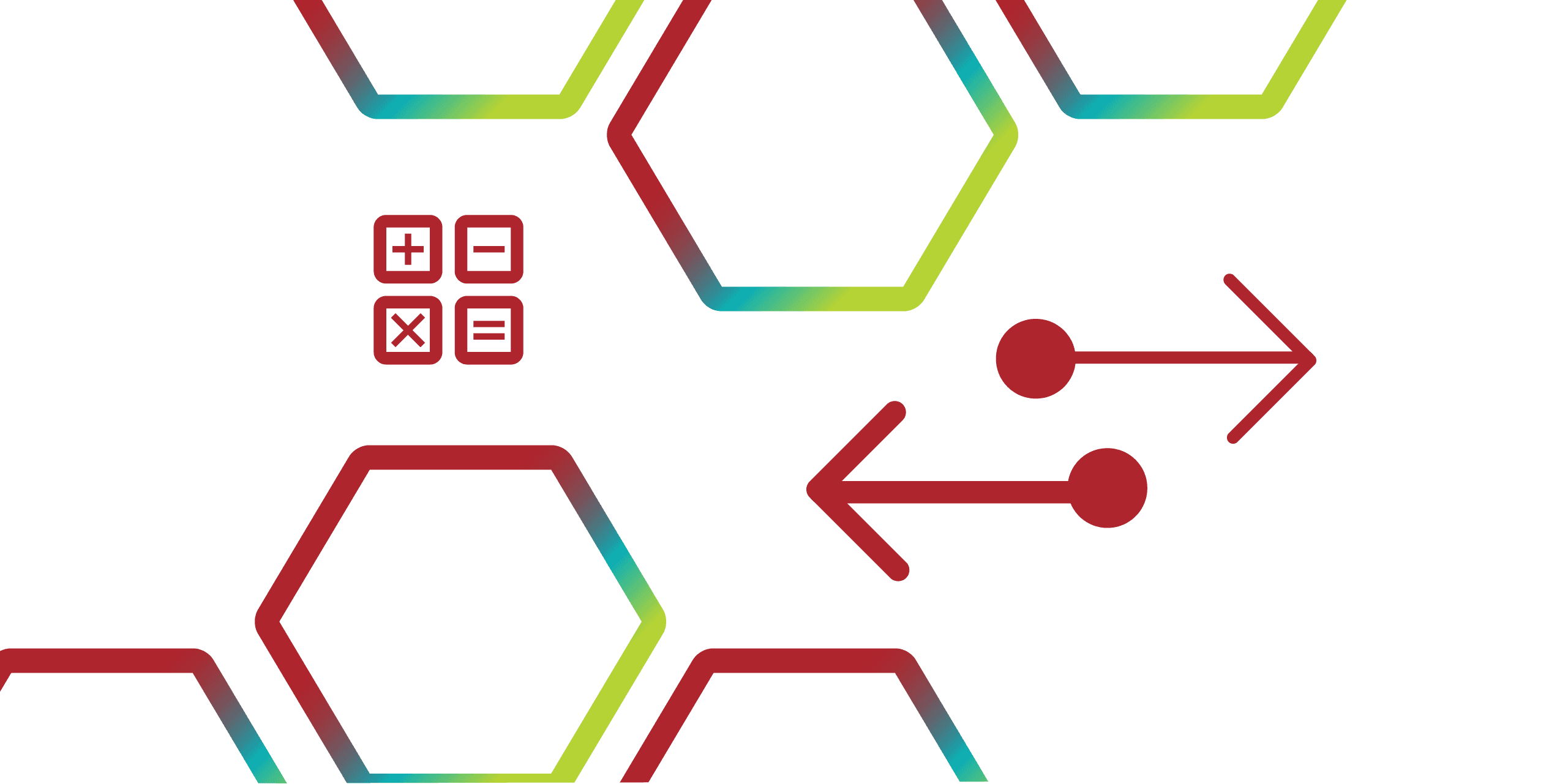
Awareness
Embedding awareness and understanding of accessibility and disability
A contextual understanding and awareness of accessibility at all levels of an organisation is vital to the on-going success of its accessibility objectives. Procurement is only one step in the process of delivering accessibility for all staff and students across an institution – the steps outlined below are also required.
Embed awareness
Internally, all staff should be aware of and have access to a central repository of accessibility / disability information relevant to the organisation.
This could include:
- Information on the organisation’s commitment to accessibility
- Policies, procedures, processes, guidelines, and standards related to accessibility /
- Basic information about accessible products/services for customers and staff
- Instructions on producing accessibility content and applications using their regular tools
- Details on general disability awareness training options for all staff
- Details on specific training available to managers and front-line members of staff
- Promotion of upcoming accessibility related events (internal and external) such as Global Accessibility Awareness Day, and International Day of People with Disability
- Key support contacts
Externally, organisations can demonstrate their commitments by:
- Ensuring recruitment channels are accessible
- Publishing accessibility commitments externally and providing updates on progress (e.g., Accessibility Action Plan)
- Publishing information about accessible products/services they provide for customers
- Include people with disability in advertising / marketing / media campaigns
- Actively engage with the disability community to seek feedback on products and services (e.g., through social media, and peak disability organisations)
Capability Uplift
Organisations should regularly assess their capability in order to determine the level of accessibility skills and the understanding of the requirements of people with disability they have in their current workforce.
These assessments will assist in identifying training needs in order to keep up with changes to standards and regulations, or advancements in technology. Where the assessment identifies a skill gap, there should be a process for employee training.
It is likely that staff will need to undertake role specific training in order to enhance their skills and maintain the capability within the organisation.
This training could take many forms:
- Role-specific training and education programs that address knowledge gaps (eLearning, or face to face workshops)
- Embedding accessibility training into induction programs and yearly learning plans to ensure staff have the necessary skills and/or support required to meet accessibility requirements
- Partnering with external suppliers to provide ongoing specific staff training for new tools, techniques, technologies, legislation, etc.
Seek feedback by engaging people with disability
Engaging with people with disability to seek feedback is the only way to truly be sure that the product or service you’ve built or purchased is accessible. It is important to create easy and effective feedback mechanisms to drive continuous improvement and innovation.
There are several ways in which this feedback can be collected:
- Customer / Employee Surveys
- Focus Groups
- Usability testing of products and services
- Online ‘Accessibility Feedback’ form on company website
- On-going engagement with key disability organisations
- Analysis and investigation of accessibility related complaints
- Social media channels
Create an accessibility test plan
Formalised testing and validation procedures are integral parts to an organisation’s accessibility process. Organisations should develop an accessibility test plan that enables progress towards their accessibility targets to be measured throughout the development lifecycle.
The accessibility test plan should clearly state:
- which accessibility testing methods will be used, at what points of the process:
- Automated Testing – an automated review where a tool is used to parse the code of a website and application, and test against accessibility standards. While there are many automated tools available, they have a limited application because only a limited number of WCAG success criteria can be programmatically verified. Their advantage is that they can be regularly scheduled and can provide a ‘thermometer’ of change.
- Manual Testing – a systematic manual review against a set of guidelines (usually WCAG) and is required for full conformance testing because most WCAG success criteria need human intelligence to be properly evaluated. Manual testing requires a particular skill-set. If an organisation does not possess this capability in-house it should use the services of an external digital accessibility partner
- Usability Testing – evaluation of your product or service by asking people who would normally use it to complete common tasks and actions. This process provides real-world feedback, and helps you understand and improve on the experience for users.
- how the methods will support the team in progressing towards the mandated accessibility standards
- how the test results will be documented
- how the test results will be fed back into the review process to improve the product in future releases

***Please note:*** *We view this as a living resource and welcome feedback. We are improving our website to ensure this content is fully accessible for all users. There is also a fully accessible version of the content available on the [ADCET website](https://www.adcet.edu.au/accessible-it-procurement/). We welcome feedback about the content and its accessibility as part of our ongoing process for improvement — email: [procurement@caudit.edu.au](mailto:procurement@caudit.edu.au).*

Connect with CAUDIT
CAUDIT acknowledges the Traditional Owners of the lands where we live, learn and work. We pay our respects to Elders past and present and celebrate the stories, culture and traditions of all First Nations people.